Moon Operations
15 November 2004 - SMART-1 enters lunar orbit
News: SMART-1 enters lunar orbit
10 February 2005 - SMART-1 Mission Extension Approved
News: SMART-1 Mission Extension Approved
February-May 2005 - Lunar commissioning after reaching operational orbit
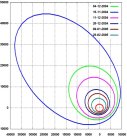 |
|
From capture orbit to operational orbit |
Status Report: No. 35 - Final Lunar Orbit & Instrument Lunar Commissioning
Status Report: No. 36 - Ongoing Lunar Commissioning
Status Report: No. 39 - SMART-1 Ready for Operations Phase
Lunar Science Highlights
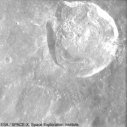 |
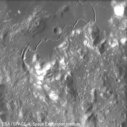 |
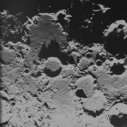 |
|
Crater Glushko |
Rima Hadley |
North polar region |
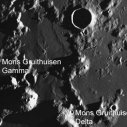 |
 |
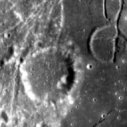 |
|
Mons Gruithuisen |
Crater Atlas |
Mare Humorum Basin |
August-September 2005 - First re-boost phase
The nominal science mission of SMART-1 was completed end of July 2005. From 2 August to 17 September 2005 the ion engine was fired repeatedly, consuming all remaining fuel to re-boost SMART-1's orbit and reach the mission extension orbit as endorsed by the SPC in February 2005.
Status Report: No. 42 - Ion Drive Restarted
17 September 2005 - End of ion engine operations
Status Report: No. 43 - End of Electric Propulsion Operations
June 2006 - Second re-boost phase
To allow optimal observations of the lunar impact with some of the world's largest telescopes, SMART-1's impact point was adjusted by extending the mission by three weeks. To achieve this extension, the orbit needed a second re-boost.
As the ion engine was no longer available for providing thrust, another method was adopted to increase the spacecraft's velocity and boost the orbit, using only the attitude thrusters of the AOCS system in combination with a series of reaction wheel offloadings.
Status Report: No. 52 - SMART-1 Mission Operations Until Moon Impact
Status Report: No. 54 - Successful Perilune Raising Manoeuvres
